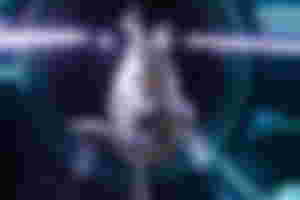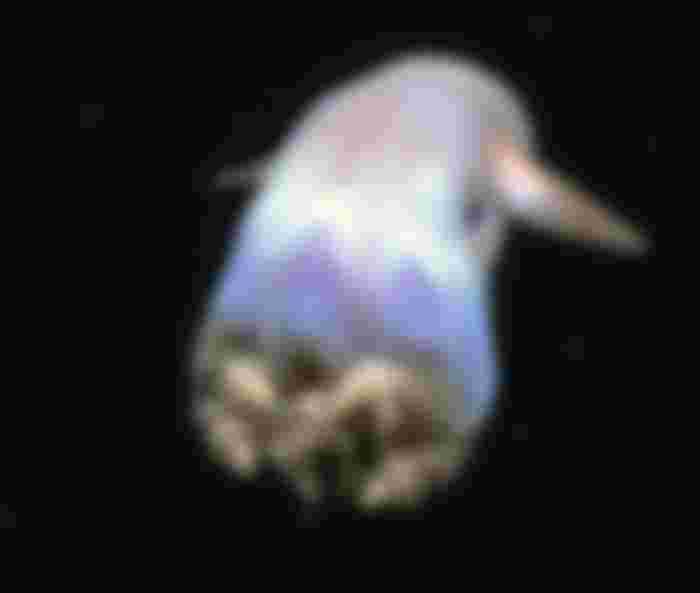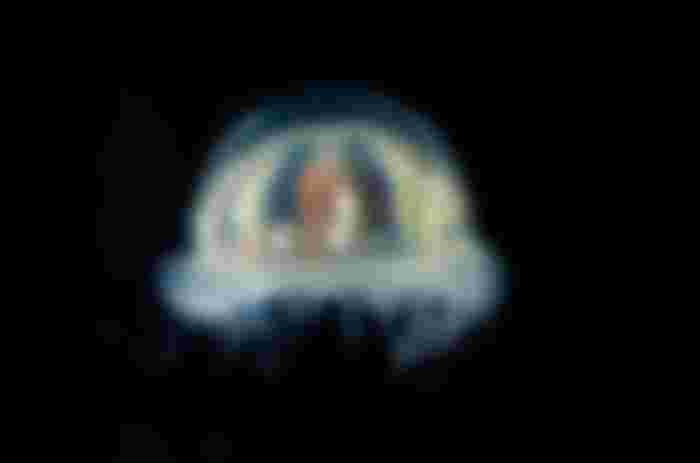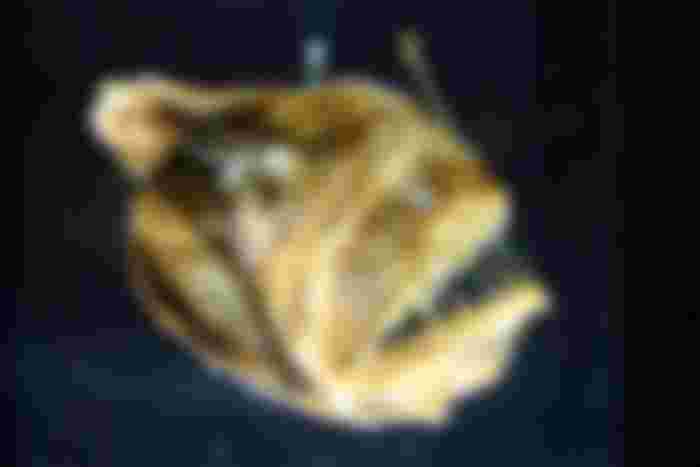In the deepest point of the ocean, strange animals flourish that you have never seen before.
The depths of the ocean are as vast as the earth and undiscovered as land. Although we continue to make strides on biological findings, there are areas of the ocean that are so elusive that through perpetual attempts, we have only found a sliver of reality. The Mariana Trench is not part of the sliver. The lowest portion of the ocean is surrounded by the islands of Mariana near Japan. So what lies in these treacherous hot, dark seas. Find out how you can afford to be afraid.

Dumbo Octopus
Flappy ears, deep eyes and eight tiny tentacles; named after the Disney favorite, the Dumbo Octopus is undoubtedly the most eye-soothing sight located at least 9,800 meters below the sea in the Mariana trench. Hardly scared, these adorable 8-12 inch animals flow across the ocean by flapping their wings. Charming as they can be the dumbo octopus is a predator that can digest its prey in a gulp.
Scientific name: Grimpoteuthis

Comb Jellies
Visually captivating, Comb Jellies are gelatinous beings with luminous body structures as they diffract the light that comes on them. They use their comb-like plates to move about in the water. Although they delight the eyesight, these aquatic wonders are voracious predators, often even attacking their own kind. Some can be as short as a few millimeters, up to almost five feet in length.
Scientific name: Ctenophora

Benthocodon
Although we realize that most jellyfish are translucent, Benthocodon is actually an opaque species. A red-colored mask called the Bell veils the light of the animals consumed by the Benthocodon, keeping it out of the eyes of the hunter. It crosses the ocean with nearly 1,500 tentacles.
Scientific name: Benthocodon hyalinus

Deep Sea HatchetFish
A very sour-looking species, the deep water Hatchetfish is a rather tiny creature, usually from 2.8 cm to 12 cm. While the small size makes it an easy prey, the Hatchetfish has developed into an ingenious camouflage technique. Like most other deep-sea species, these fish are often bioluminescent for their ability to emit light from their stomachs. Revealing the silhouette in the ocean can be risky, and so the Hatchetfish can manipulate the light to complement the light in the sea, rendering it transparent to predators.
Scientific name: Argyropelecus Gigas

Black Seadevil/ Seadevil Angler Fish
Any fan of Discovering Nemo will easily identify this fish. Featured as a fearsome monster in the film, the Black Seadevil is just as frightening in real life. Sharp jaws, gaping mouth and eyes blowing out of their sockets; this angler fish is known for its luminous antenna-like muscle protruding from its head. This light draws the prey to the immediate vicinity for quick capture. An curious and potentially scarring reality, the black seadevil reproduces when the male fuses into the female and survives off her energy before it can produce sperm.
Scientific name: Melanocetus





Wow, some of these look like they've been taken out of science fiction movies or movies with aliens. Fascinating!